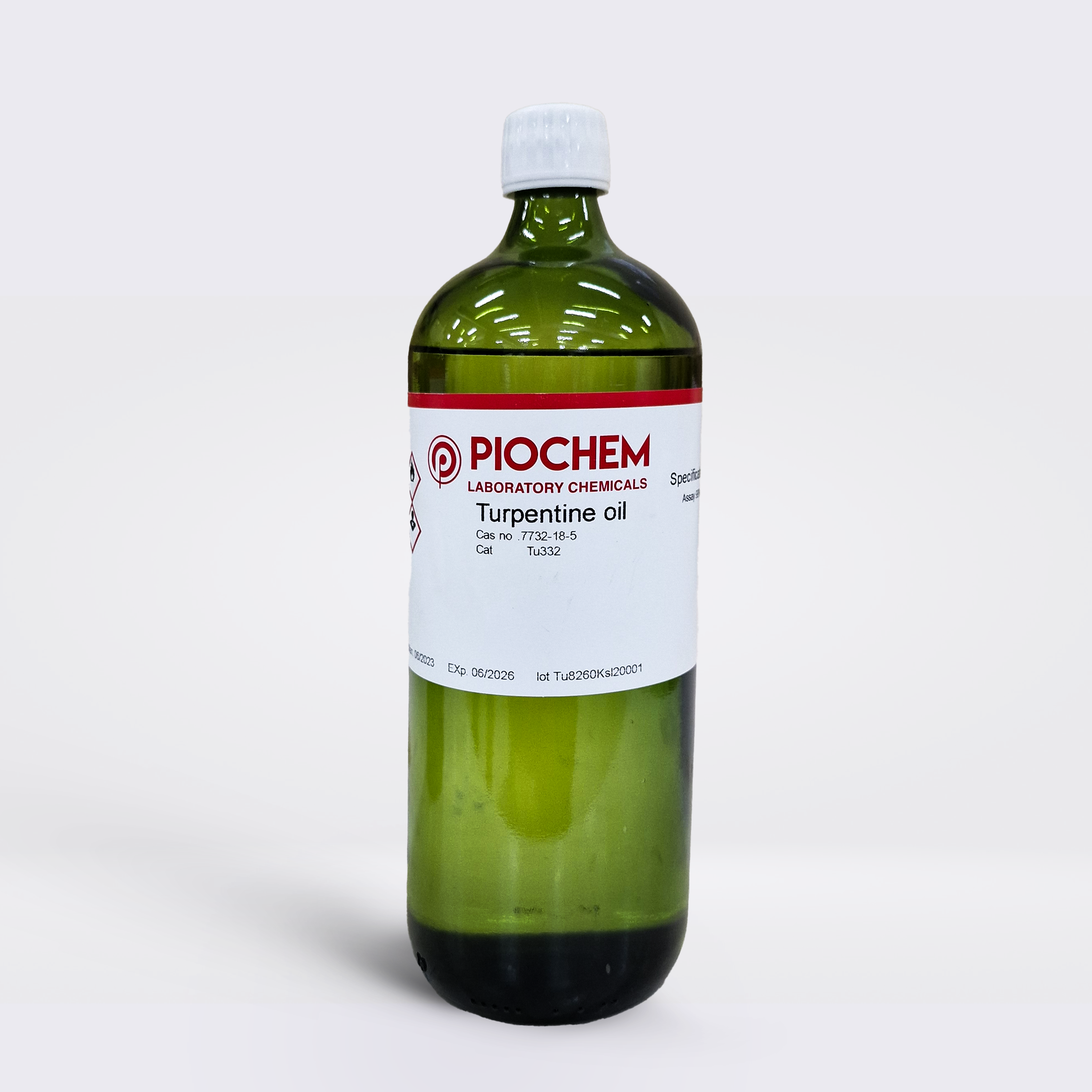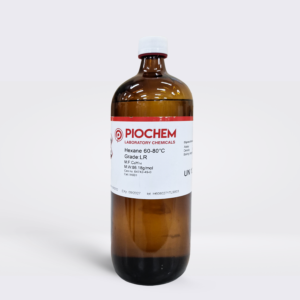Turpentine oil is a clear, colorless, flammable liquid with a strong odor. It is made from the resin of pine trees, which is distilled to extract the oil. Turpentine oil is a solvent, meaning that it can dissolve other substances. It is used in a variety of products, including:
- Paint thinners and varnish thinners
- Wood finishes
- Inks
- Perfumes
- Adhesives
- Insecticides
- Medicines (in small amounts)
Turpentine oil is also used as a fuel for lamps and stoves. It is important to note that turpentine oil is toxic and can be harmful if ingested or inhaled. It can also cause skin irritation and burns. If you are using turpentine oil, it is important to take precautions to avoid exposure.
Here are some of the characteristics of turpentine oil:
- Colorless liquid
- Strong odor
- Flammable
- Solvent
- Toxic
- Can cause skin irritation and burns
Turpentine oil is a versatile substance with a wide range of uses. However, it is important to use it with caution due to its toxicity.
Here are some additional information about turpentine oil:
- The main components of turpentine oil are terpenes, which are cyclic hydrocarbons. The most common terpenes in turpentine oil are α-pinene, β-pinene, limonene, and camphene.
- Turpentine oil is a good solvent for a variety of substances, including resins, waxes, oils, and rubber.
- Turpentine oil is used in a variety of products, but its use as a solvent has declined in recent years due to the availability of less toxic alternatives.
- Turpentine oil is toxic and can be harmful if ingested or inhaled. It can also cause skin irritation and burns.
- If you are using turpentine oil, it is important to take precautions to avoid exposure. This includes using it in a well-ventilated area and wearing gloves and goggles.





Reviews
There are no reviews yet.